Test Bank Human Motivation 6th Edition Test Bank
Chapter 6
Wakefulness, Alertness, Sleep, and Dreams
Overview: The complex relationship between arousal, attention, and peak task performance was discussed in Chapter 5. Clearly, our sleeping-waking cycles play an important role in determining how aroused and attentive we are, and in how well we perform on tasks. Sleep has been shown to play a role in a wide range of physiological and psychological functions, and, based on studies in rats, it appears to be as critical for survival as food and water. The current chapter focuses on important questions such as (1) what are the mechanisms that control our sleeping-waking cycles, (2) what is the adaptive function of sleep, (3) what role does sleep play in learning, memory, affect, and development, (4) why do we dream and what role do dreams play in our daily psychological functioning, and (5) what are the characteristics and causes of various sleep disorders such as sleep apnea, insomnia, and narcolepsy?
The following is a summary of the contents of this chapter:
I. Origins of Sleep: Sleep is discussed from an evolutionary perspective as having possibly evolved to conserve energy and to ready the brain for the demands of the next day as adaptations to the environmental problems of food scarcity and coping with the presence of predators.
II. The General Nature of Sleep: By using the EEG as an index of cortical activity, the general cyclical nature of sleep (as evidenced by cyclical changes in brain wave patterns) is described, and REM sleep is distinguished from NREM sleep. This section introduces an illustrative example of theories of sleeping and dreaming through a preliminary description of Hobson’s Model; this theory argues that the interplay of the brain’s two main chemical systems (aminergic and cholinergic) can explain why we cycle back and forth between REM and NREM, and why the REM state is so different from the waking and NREM states. Also introduced is the idea that REM and NREM sleep may have emerged as an adaptation to the ‘problem of finding time-out’ from the moment-to-moment demand for immediate information processing to deal with the need to create new memories and integrate them into the existing memory substrate.
III. Factors Determining When We Fall Asleep and Wake Up: The interaction between our circadian rhythm, level of environmental arousal, amount of sleep deprivation, and personality in determining when we fall asleep and wake up is discussed. The circadian rhythm is linked to the output of epinephrine which is controlled by a rhythmical activity of the hypothalamus; and although the natural rhythm is about 25 hours, person-environmental interaction tends to constantly reset the clock to a 24-hour cycle. The rhythm is also influenced by the level of environmental arousal, sleep deprivation, and individual differences in personality such as introversion/extraversion. The influence of other rhythms such as the half-day cycle, the basic rest/activity cycle, and the left brain/right brain cycle in determining when we fall asleep and wake up is also discussed.
IV. Effects of Sleep Loss: Changes in the pattern of sleep and the detrimental effects on task performance resulting from not getting enough sleep are discussed in this section. Studies indicate that the brain gives priority to SWS and REM sleep at the expense of other states, and that significant deterioration in performance can occur on tasks that are complex and/or that demand sustained attention when people do not get enough sleep. Sleep apnea, the compensatory model of sleep reduction, and the paradoxical effects of sleep loss on people who suffer from endogenous depression are also discussed.
V. The Functions of REM Sleep: Various theories focusing on the role of REM sleep in a number of different psychological processes are discussed. Ellman’s motivation theory which argues that the function of REM is to keep the intracranial self-stimulation (ICSS/reward) system in a state of motivated readiness and to facilitate maturation is described. Studies supporting neural organization theories are cited; these theories variously argue that REM plays an important role in learning, memory consolidation, divergent (creative) thinking, and/or in the active integration of complex, emotional, and ego-threatening information with previously learned information. Hartmann’s theory holds that during REM sleep the brain is free to make all kinds of new and unusual connections and that the increase in connections results in a dissipation of the emotional content of an experience, and, thereby, the integration of the emotion into the person’s broader life experience is introduced in this section. Individual differences in cognitive style and differences in the need for REM sleep (as evidenced by differences in REM rebound) are also discussed.
VI. Dreaming: The fascinating topic of the nature, function and meaning of dreams is covered by discussing (1) Freud’s symbolic and disguised dreams, (2) Hobson’s transparent and unedited dreams, (3) Crick and Mitchison’s meaningless dreams, (4) Cartwright’s dreams as information processing, (5) Kramer’s meaning of nightmares, (6) Hartmann’s new theory of nightmares and dreams, and (6) lucid dreaming.
VII. Sleep Disorders: Sleep apnea and the various forms and causes of insomnia are discussed.
Outline:
Origins of Sleep: Evolutionary Considerations
Wakefulness, Sleep, and EEG Activity
Correlates of Sleep and Wakefulness
Hobson’s Model of Sleep
Origins of REM and NREM
Why We Fall Asleep and Why We Wake Up
Circadian Rhythms
Practical Application 6-1: Adjusting to Jet Lag
Environmental Stimulation
Sleep Deprivation
Individual Differences in Sleep Cycles
Other Sleep Rhythms
The Half-Day Rhythm
The Basic Rest/Activity Cycle
The Left Brain/Right Brain Cycle
Effects of Sleep Loss
Voluntary Sleep Reduction and Sleep Stages
Voluntary Sleep Reduction and Feelings of Sleepiness and Fatigue
Environmental and Cultural Sleep Reduction and Deterioration of Performance
The Compensatory Model of Sleep Reduction
Practical Application 6-2:Shift Work, Sleepiness, and Catnaps
Sleep Apnea and Fragmented Sleep
Some Paradoxical Effects of Sleep Deprivation
Summary
The Functions of REM Sleep
Paralysis During REM
REM Deprivation in Humans
The REM-Rebound Effect
REM Deprivation in Animals
Ellman’s Motivation Theory of REM
Neural Organization Theories of REM
REM Sleep, Learning, and the Formation of Memories
REM Deprivation and Learning in Animals
REM Deprivation and Learning in Humans
REM Sleep and Stress
REM Sleep and Divergent (Creative) Thinking
REM and Depression
Individual Differences in the Need for REM Sleep
Field Dependence and REM Sleep
REM Sleep and Ego Threat
Neuroticism and REM Rebound
Summary
Dreaming
Hobson’s Activation/Synthesis Theory
The Meaning of Dreams
Freud: Symbolic and Disguised Dreams
Hobson: Transparent and Unedited Dreams
Crick and Mitchison: Meaningless Dreams
Cartwright: Dreams as Information Processing
Kramer: The Meaning of Nightmares
Hartmann’s New Theory of Nightmares and Dreams
Status of Theories
Lucid Dreaming
Lucid Dreaming as Empowerment
Lucid Dreaming and Health
Practical Application 6-3: How to Become a Lucid Dreamer
Hartmann’s Theory of Sleep
The Functions of REM and NREM
Electrical Activity During REM and SWS
REM Sleep and Catecholamines
Summary
Sleep Disorders
Insomnia
Drug-Related Insomnias
No-Drug Related Insomnias
Practical Application 6-4: Some Common Reasons for Insomnia
Sleep Apnea
Summary


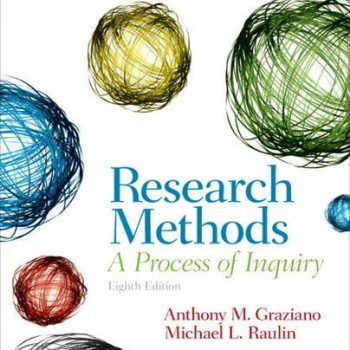
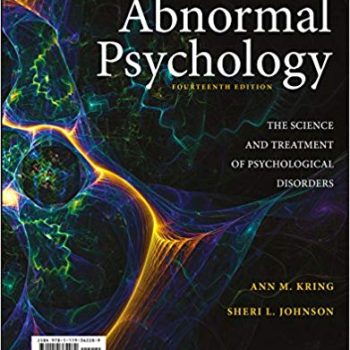
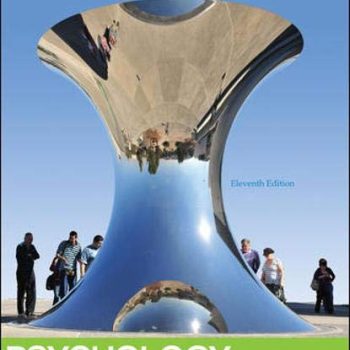
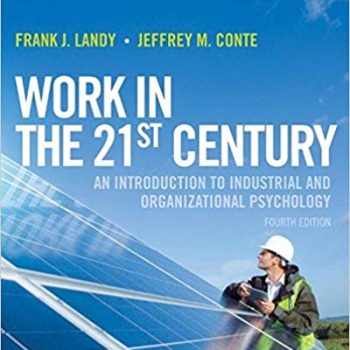

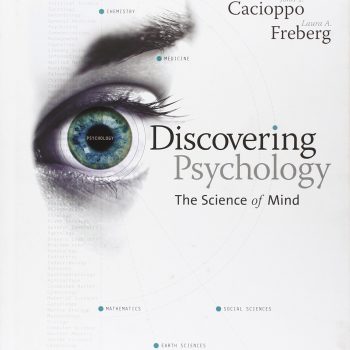
Reviews
There are no reviews yet.